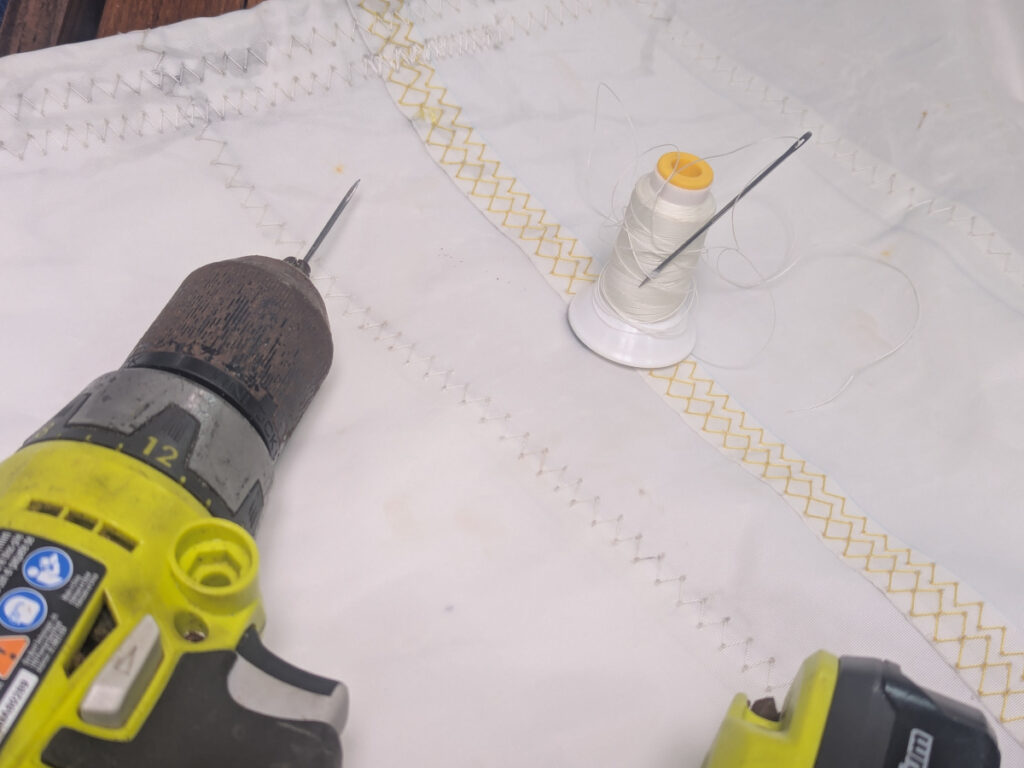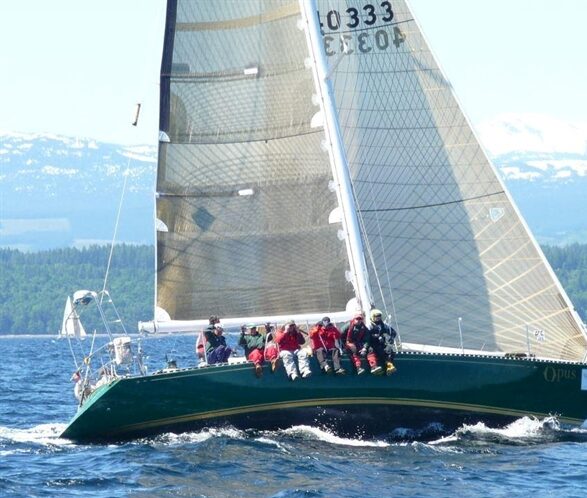When crossing an Ocean, you have to be prepared. There aren’t any stores from which to buy that spare thingamabob you didn’t bring. You either have a replacement with you, make do without it, or MacGyver something to work. This is a tale of the latter.
Setting the Scene
Delivery of a Catana 50 catamaran from Panama to Hawaii. Aboard were the delivery skipper and his girlfriend, the former skipper of the boat for the last few years, and myself. The former skipper knew the boat but had no blue water experience. Thus, the owners had hired the delivery skipper.
The delivery skipper had a circumnavigation under his belt, mostly solo, as well as numerous deliveries. His girlfriend did as well, though not solo. She had experience on tall ships as well. The former skipper, we figured, had experience with the actual operations of the boat and, therefore, would be a good resource. Trust misplaced…
We spent a number of days prepping the boat for the journey in Panama, as well as laying in extra fuel and engine parts. The boat had suffered a near-strike by lightning while in the Atlantic, so the electronics had been completely refit, and both engines pulled, overhauled, and reinstalled. All the rigging had been checked, and the hulls and boat pronounced ready to go. After one false start and a failed alternator, we actually set forth. Routing was to head SW then turn west, skim about 100 miles north of the Galapagos, proceed further west, and then start looking for a hole between the thunder cells that the ITCZ was shielding us from and book on up to Hawaii. It would be roughly a one-month passage.
The Voyage
Our first problem showed up three days into the trip. The port engine was setting off overheat alarms every 30 minutes or so. This would necessitate getting out on the sugar scoop to open the engine compartment, using a laser thermometer to check the engine block to see if it was a real overheat or a false alarm, and then going back inside to silence the alarm. This isn’t terrible during the day when there is someone else around, but it’s a real pain when standing a solo night watch. We compromised by agreeing to use only the starboard engine when needing to motor at night. However, the water maker was powered by the port engine, so we did have to run the port engine on occasion.
Eventually, we discovered that the temperature sensor had the wrong resistance on it. Unfortunately, we didn’t have any resistors on board, so we were left with two choices. The first was to disable the sensor, something none of us were willing to do. The second was to live with the situation as it was, though this was only slightly less of an abhorrent choice. What we needed was – roughly – an additional 9 ohms of resistance. One day, whilst changing some indicator lights, we realized that light bulbs actually have resistance: Lo and behold, 1 ½ ohms. String six of them in series and you have 9 ohms. Sure enough, we strung them in series with the temperature sensor, and our first MacGyver job was complete.
But that wasn’t the end of it. One night, about two and a half weeks into the trip, the main sail came tumbling down. Due to how tightly the previous skipper had us sheeting the main, an incredible amount of stress was put on the head of the sail. At last, it had enough and separated from the rest of the sail. Now we had to sew it back on again if we were to continue to have a main sail.
The top of the sail was thick, made even thicker by large canvas reinforcing straps. We did have sail needles and thread but, somehow, had not brought a sailor’s palm. Even if we did have a palm there was no way we were going to push a needle through all those layers.
The solution was to take one of our sail needles (we had 5) and grasp it with the chuck of our cordless drill. The process was to drill a hole with the needle as the drill bit, then put in a stitch, and repeat. Because the drill’s batteries were old, it didn’t last very long before we had to recharge it. This dreary process continued for three days before the main sail was together enough for us to trust it and be able to hoist it once again.
Did I mention this was all done while sitting on the coach roof of the salon?
Two weeks later we pulled into Hawaii. The owner, who had been apprised of the problem, had a sailmaker there waiting for us. We brought down the mainsail, waited for customs clearance, and finally he could examine our work. Would he pronounce that we had ruined the sail? Would the owner demand we pay for it? It was a seemingly interminable wait. At the end, the sailmaker looked up and around before finding the owner once again. Quietly he said, “I’d hire them.” And that was that – delivery complete!







Certainly no ocean crossing but once while motoring to a BCA rendezvous at port Browning, while rounding the bottom of Saltspring, our overheat alarm sounded. Turns out the raw water pump pulley had hollowed out its center and was spinning freely without turning the pump. Problem fixed with two fender washers to grip the sides of the pulley and we were back in business.